Mauritania's Coastal Potential: A Strategic Investment Opportunity in Renewable Energy and Economic Growth with NoviOcean
Coastal Demographics and Key Cities: Pillars of Economic Development
Mauritania’s 754-kilometer coastline along the Atlantic Ocean is not only a rich cultural and economic zone but also holds tremendous potential for renewable energy development. With its vast ocean space, high offshore wind speeds, and abundant sunlight, Mauritania's coast offers a unique opportunity for sustainable economic growth. NoviOcean’s innovative hybrid energy converter is positioned to play a pivotal role in this transformation, creating a cleaner, more resilient energy future for the country.
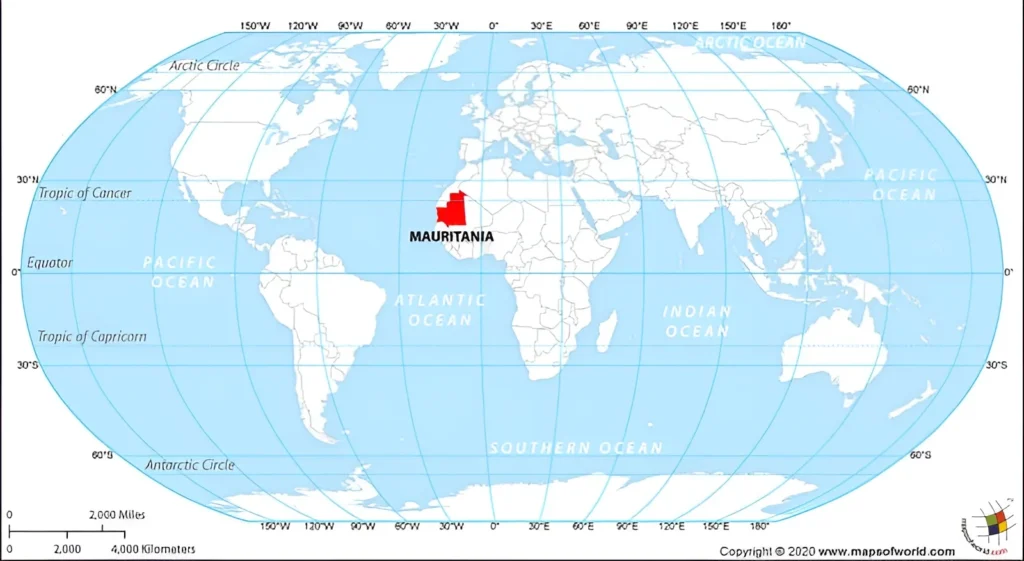
Mauritania’s coastal region is home to more than 40% of its population and encompasses critical cities, including:
Nouakchott: Mauritania’s capital and economic center, where major commercial activities and government functions are concentrated.
Nouadhibou: The nation’s major fishing port, vital to Mauritania’s maritime trade and export economy.
Ndiago: An emerging energy hub poised to support the nation’s growing renewable and offshore energy sectors.
This area also includes an eextensive exclusive economic zon (EEZ) of around 200,000 square kilometers, which holds valuable resources for fisheries, maritime trade, and renewable energy development.
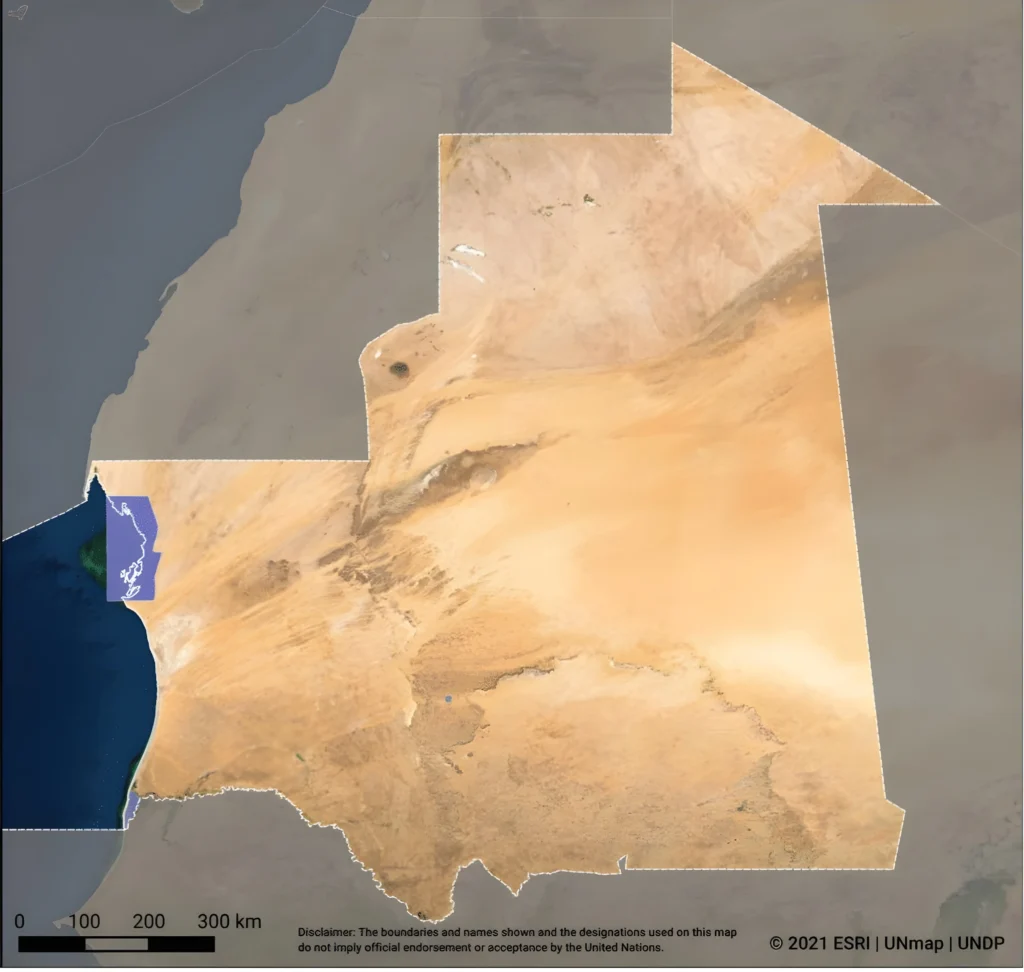
Economic Significance of Mauritania’s Coast
The Mauritanian coast contributes significantly to the national economy through:
Maritime Trade: Over 80% of Mauritania’s trade passes through its coastal ports, which serve as essential gateways to regional and international markets.
Fishing Industry: The fishing industry remains a core part of Mauritania's economy, providing employment and revenue.
Offshore Energy Sector: Mauritania’s coast is a growing hub for natural gas exploration and production, attracting investment from major energy companies.
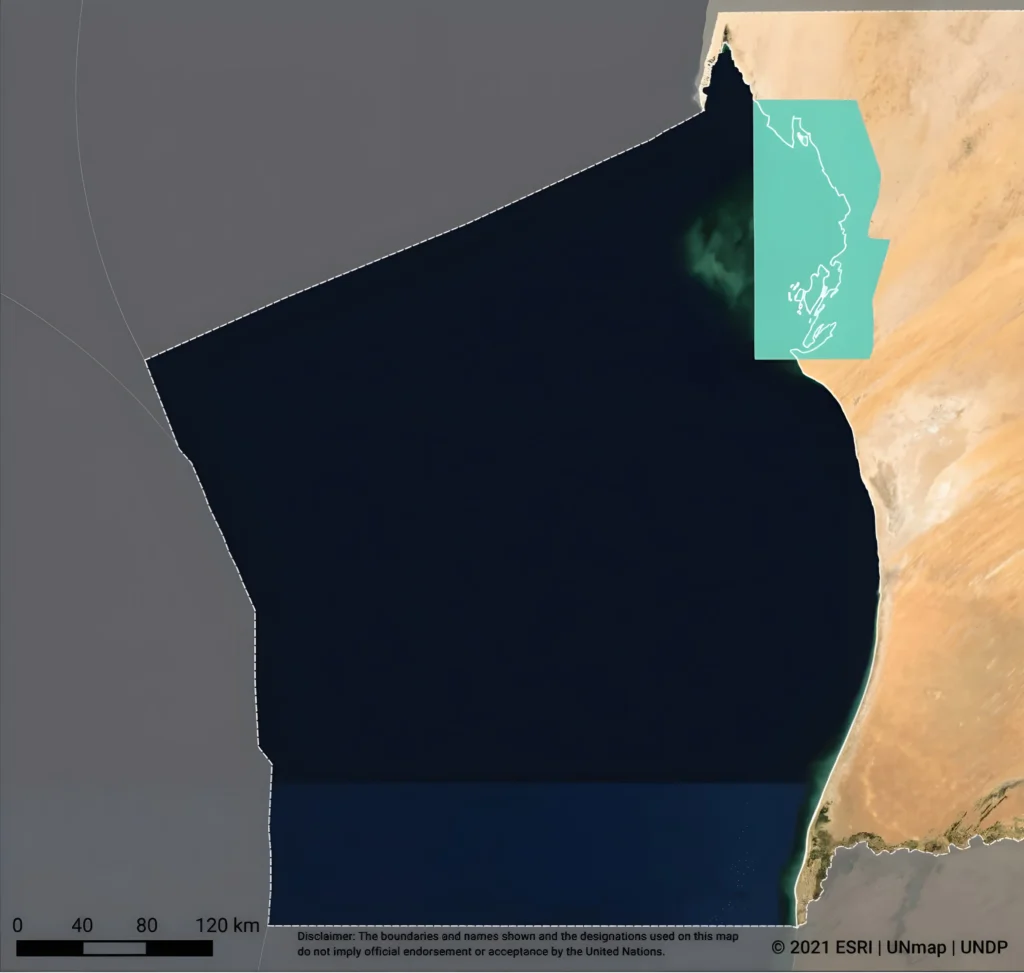
Mauritania’s Renewable Energy Potential
The coastal waters of Mauritania are rich in renewable resources, providing enormous untapped potential for clean energy production:
Wave Energy: Average wave heights of 2-3 meters could generate about 3 terawatt-hours per year.
Wind Energy: Consistent offshore winds averaging 7-9 meters per second present an estimated potential of around 5 terawatt-hours per year.
Solar Energy: With over 3,000 hours of sunshine annually, Mauritania has the capacity to produce approximately 10 terawatt-hours of solar energy per year.
Together, these resources provide Mauritania with over 18 TWh per year of renewable energy
potential, making the coastline an ideal environment for hybrid energy solutions like
NoviOcean’s converter
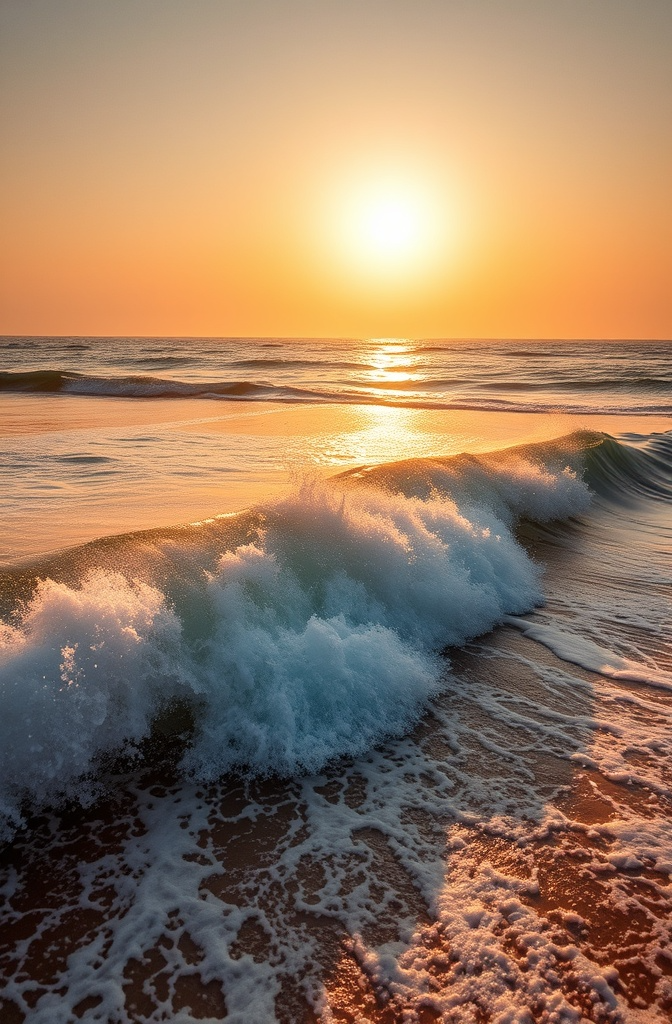
NoviOcean Technology: A Game-Changer for Clean Energy
NoviOcean’s hybrid energy converter harnesses wave, wind, and solar power in one efficient system, capable of generating clean energy for years with minimal environmental impact. This technology could help Mauritania capitalize on its renewable resources and reduce dependency on fossil fuels. Each NoviOcean unit has a capacity of 1 MW, producing up to 52,000 MWh/km² annually with a 40% efficiency rate, while offsetting approximately 2,700 tons of CO₂ per year. Its modular, easy-to-maintain design and global patent protection make it suitable for large-scale deployment along Mauritania's coastline.

Key Sectors Benefiting from NoviOcean Technology

1. Ports and Harbors:
Mauritania’s major ports, such as Nouakchott, Nouadhibou, Ndiago, and Tanit, could greatly benefit from a consistent, renewable energy supply to power their operations.
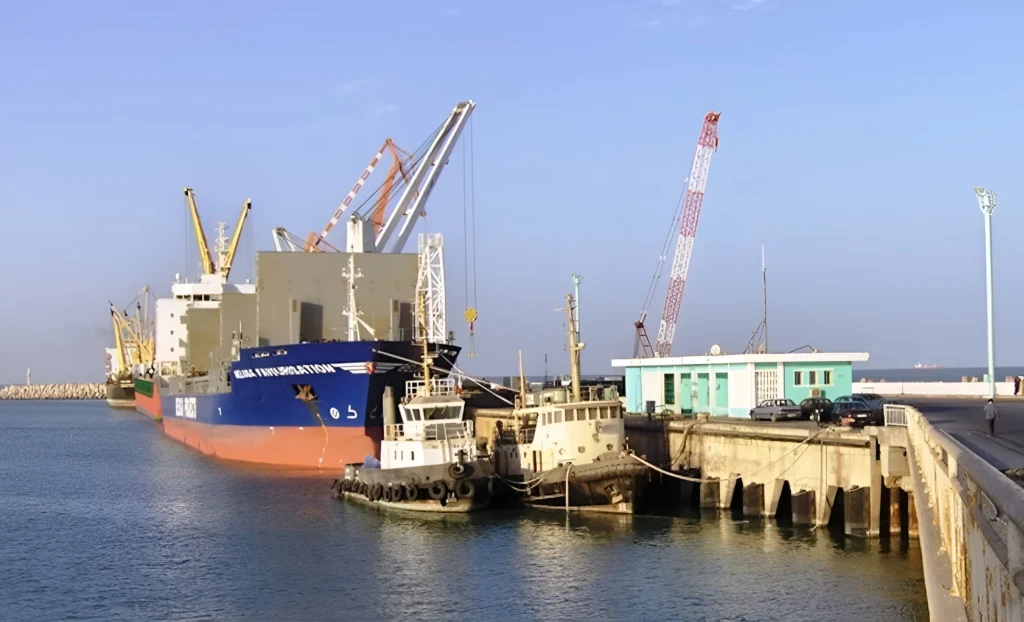
Port of Nouakchott: Handles 3.4 million tons of cargo annually, with energy needs ranging from 500 to 1,500 MWh per year.
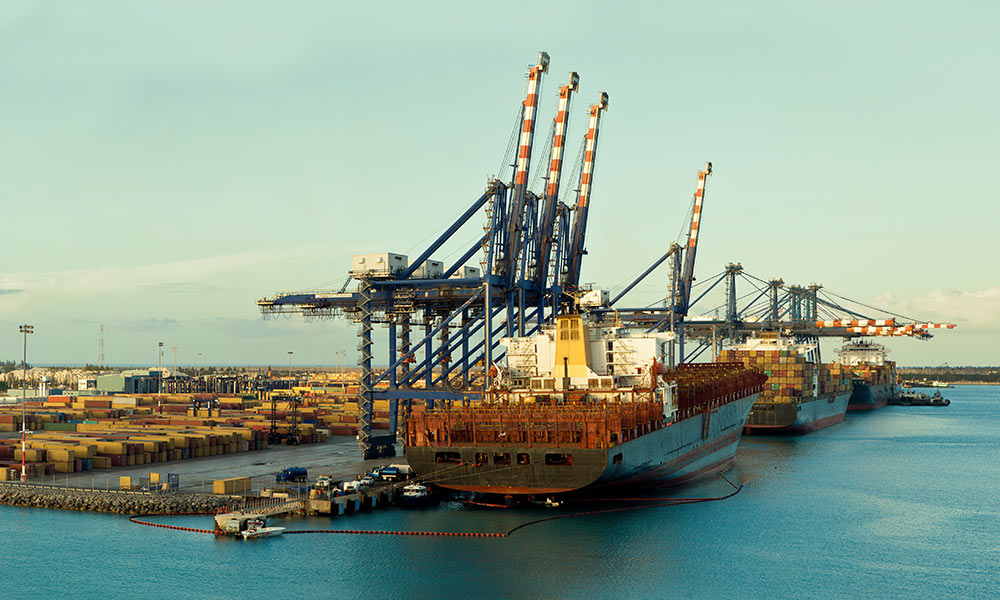
Port of Nouadhibou: Supports various cargo types, including iron ore, with energy consumption of 600 to 1,600 MWh per year.
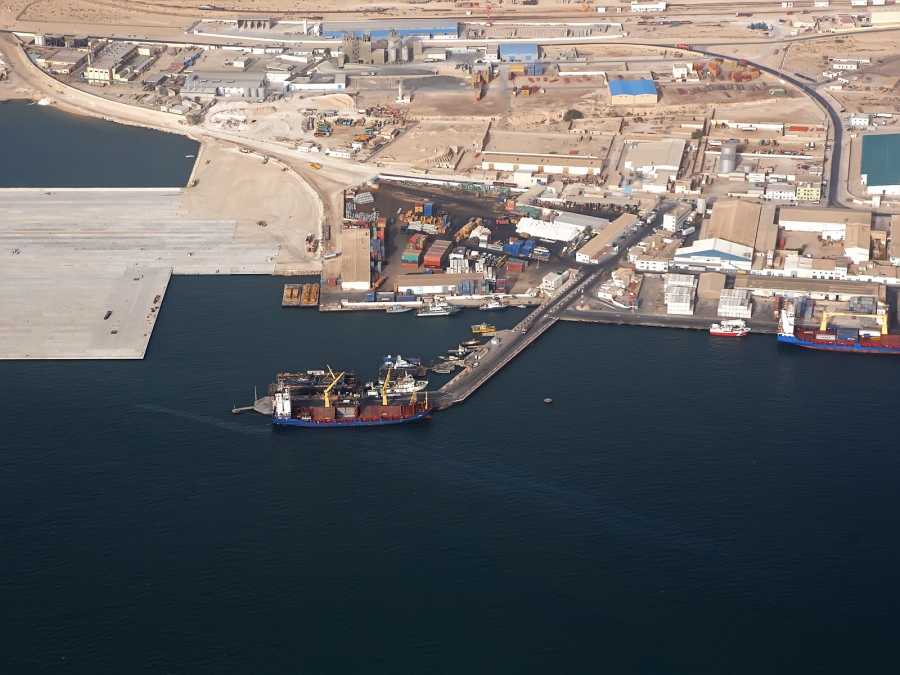
Port of Ndiago: Primarily serves the oil and gas industry, requiring 250 to 1,000 MWh per year.
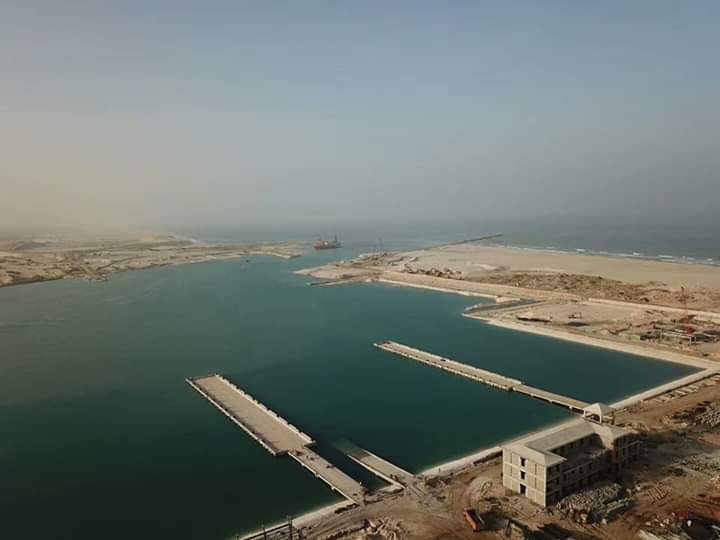
Port of Tanit : Focused on marine fishing and processing for local and global markets, Tanit’s energy demand (150 to 800 MWh per year)
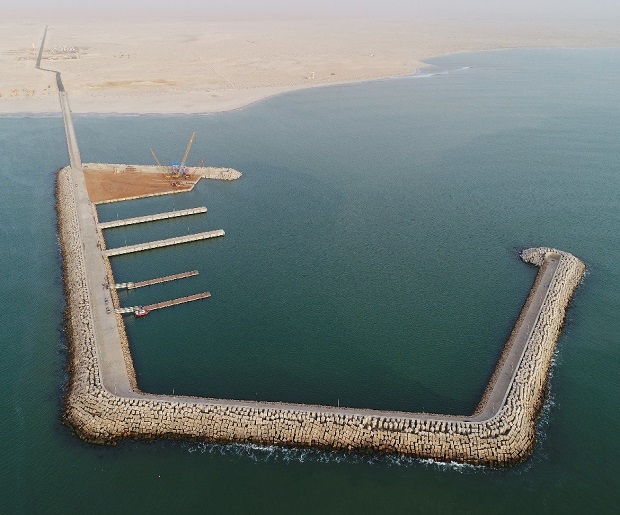
2. Offshore Gas Projects:
Mauritania has advanced significantly in offshore natural gas exploration and development, partnering with major global players like BP, Kosmos Energy, TotalEnergies, Tullow, and QatarEnergy.
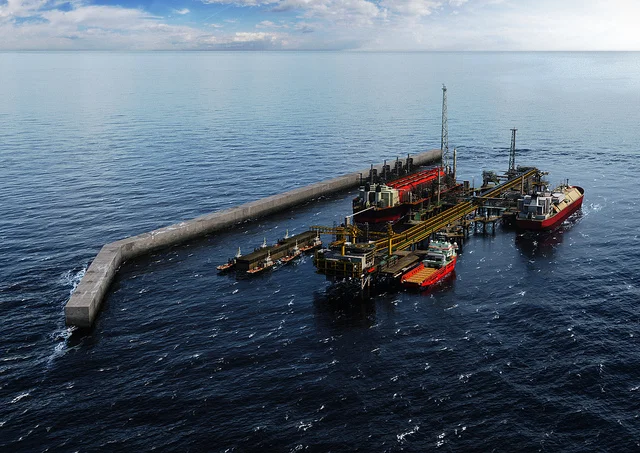
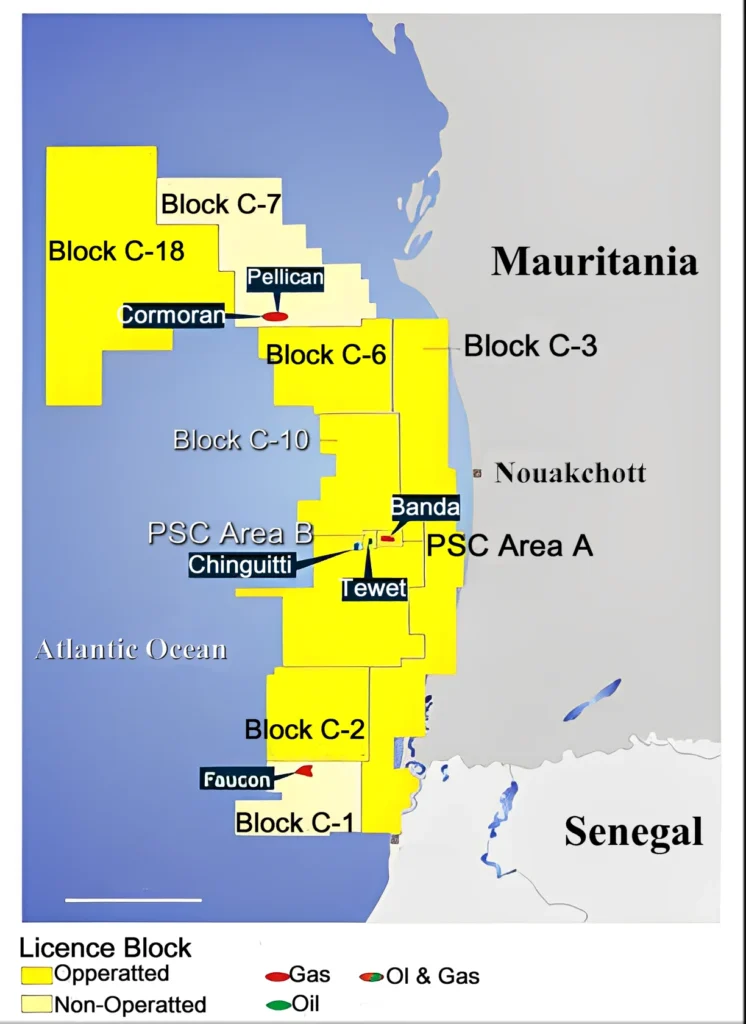
Greater Tortue Ahmeyim (GTA) project :
Operators: Led by BP, with partners including Kosmos Energy, Petrosen, and
SMHPM.
Gas Reserves: Approximately 15 trillion cubic feet of recoverable gas.
Production Capacity: Phase 1 targets 2.5 million tonnes per annum , with
potential expansion to 10 million tonnes

BirAllah Gas Field :
Location: Offshore in the Mauritanian coastal basin..
Operators: BP, Société Mauritanienne Des Hydrocarbures et de Patrimoine Minier , Kosmos Energy .
Estimated Reserves: Approximately 80 trillion cubic feet of gas, making it one of
the largest gas discoveries in West Africa.
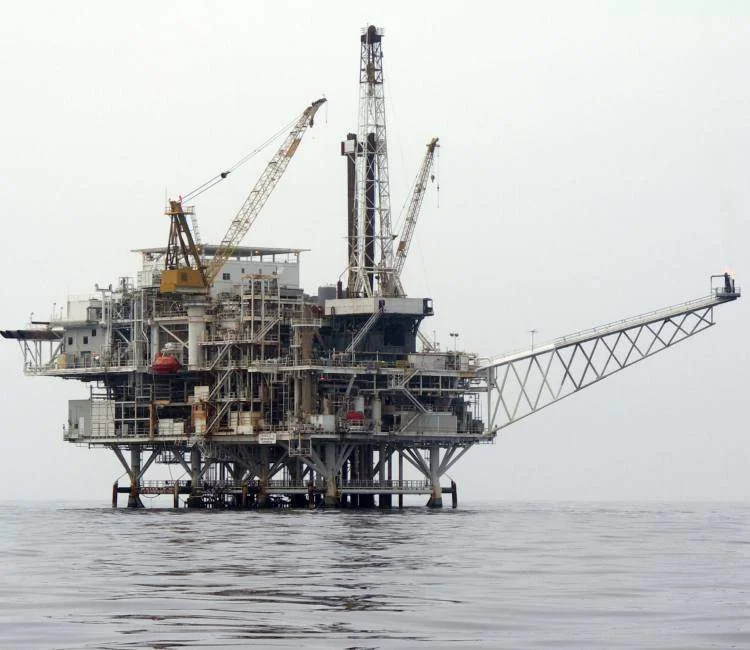
Banda Gas Field :
Location: Offshore, approximately 55 km from Nouakchott, Mauritania.
Operators: Tullow
Estimated Reserves: Approximately 2.2 trillion cubic feet of natural gas.
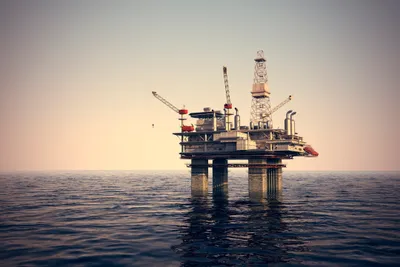
NoviOcean: Cost-Effective, Sustainable Power for Offshore Gas Projects
NoviOcean’s renewable energy technology provides offshore gas projects with cost-effective, sustainable power, cutting diesel generator fuel costs by relying on wave energy. Key benefits include:
Cost Savings: Lowers operational costs by replacing expensive diesel generators.
Space Efficiency: Frees up rig space by housing fuel storage on NoviOcean units.
Environmental Compliance: Reduces emissions, aligning with environmental regulations and improving public image.
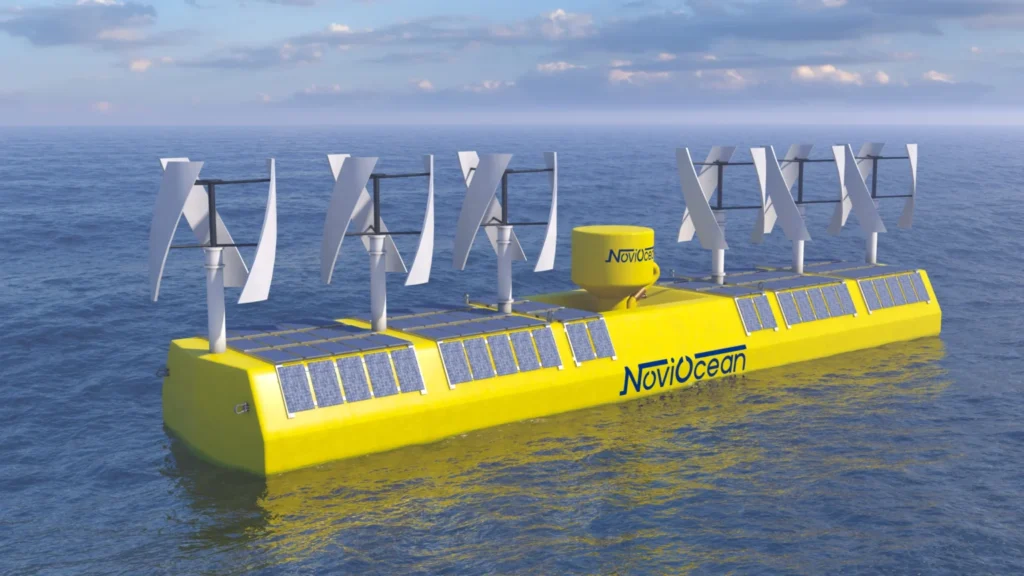
3. Desalination Plants:
Renewable energy is essential for scaling up Mauritania’s water desalination capacity. With major plants in Nouakchott (200,000 cubic meters per day planned) and Nouadhibou (planned expansion from 5,000 to 28,000 cubic meters per day), these facilities could greatly benefit from a sustainable, cost-effective power supply.
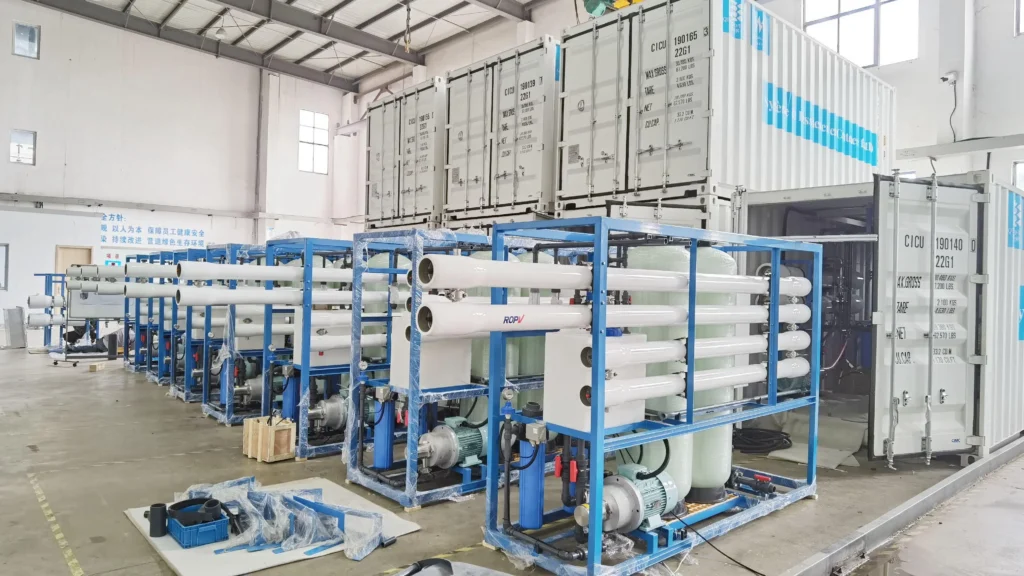
4. Green Hydrogen Production:
Mauritania’s ambitious green hydrogen projects, Aman (30 GW) and Nour (10 GW), align with the nation’s goal of producing 12.5 million tons of hydrogen annually by 2035. With NoviOcean technology, Mauritania could achieve green hydrogen production on a massive scale while minimizing environmental impact.
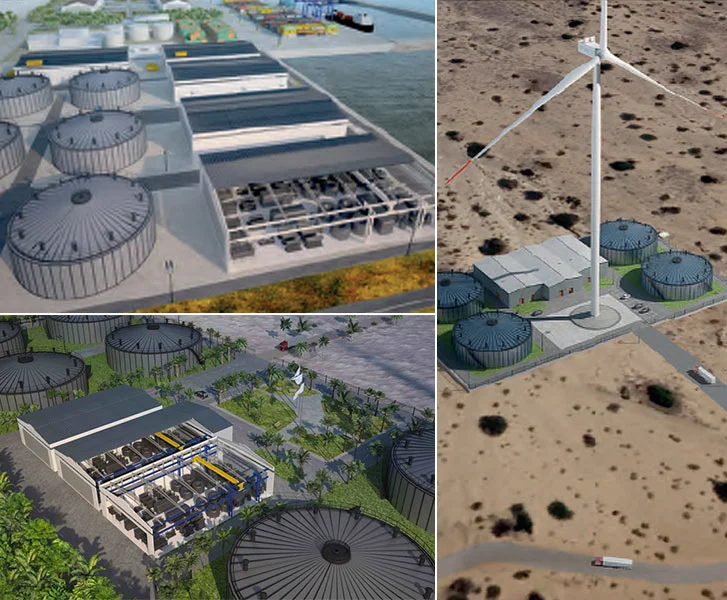
Conclusion: A Sustainable Future for Mauritania’s Coastline:
Mauritania’s coastline is not only a critical economic zone but also a cornerstone for the country’s sustainable future. Through strategic adoption of cutting-edge technologies like NoviOcean’s hybrid energy converter, Mauritania can fully unlock the potential of its coastal resources, advancing economic growth, environmental stewardship, and regional leadership in clean energy. By investing in renewable energy infrastructure, Mauritania positions itself at the forefront of sustainable development in West Africa, setting a model for nations worldwide.

For inquiries about NoviOcean’s innovative renewable energy solutions, please visit their website at noviocean.energy. You can reach their team via email at info@noviocean.energy or contact Jan Skjoldhammer directly at jan.skjoldhammer@noviocean.energy. For phone inquiries, call +46(0)73 394 84 17. NoviOcean’s offices are located at Novige AB, Lövängsvägen 91, 187 30 Täby, Stockholm, Sweden.
